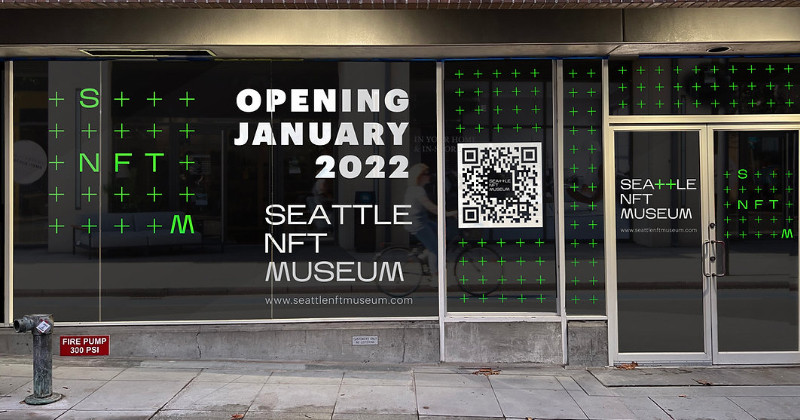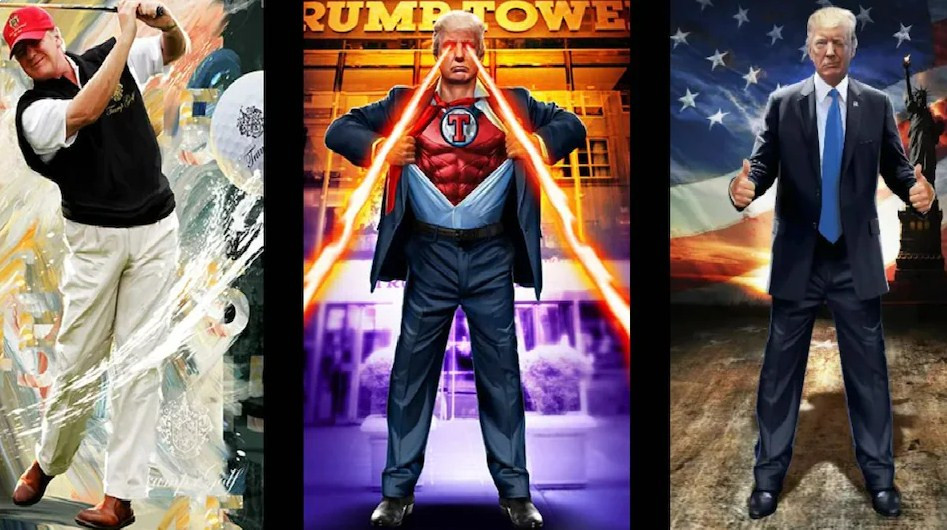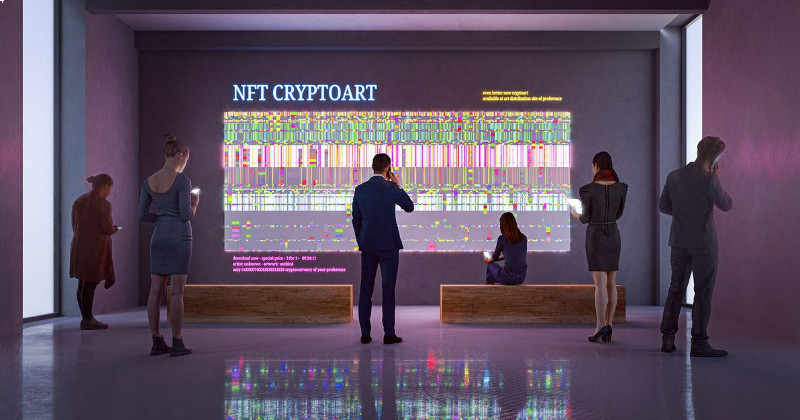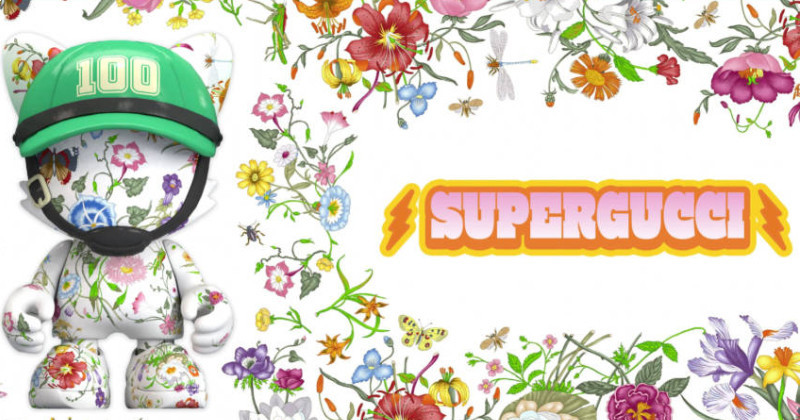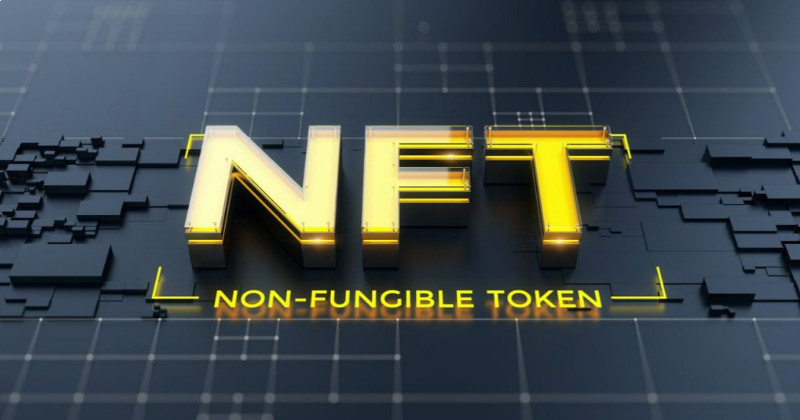Founded by two former tech executives, the Seattle NFT Museum aims to demystify blockchain-based art to the public while offering a brick-and-mortar platform for digital creators and enthusiasts.
- Donald Trump Makes a Splash in NFT Arena, Releases 45,000 Fantasy NFTs
- Maharashtra Government to Use NFT Tech to Store Health Data, Partners With Algorand Blockchain
- People are fraudulently driving up NFT prices by buying their own work
Though NFTs have taken the art world by storm over the past year, no institutions are dedicated exclusively to blockchain-based art. That changes with the launch of the Seattle NFT Museum, which recently opened and aims to champion digital artists who’ve risen to prominence with the advent of NFTs. Founded by tech executives Jennifer Wong and Peter Hamilton, the museum will mirror established institutions with a distinct curatorial focus and seasonal exhibitions. Artworks will be displayed on high-resolution screens donated by Samsung and accessible using QR codes.
Despite having little art-world experience, Wong and Hamilton plan for the programming to explore how digital art—freed from the limitations of mediums and materials—pushes the boundaries of physical space. The husband-and-wife duo admit that since NFTs are so new, many unanswered questions about their potential remain. “We’re not experts, and we’re here to learn as much as anyone,” Wong says. “We’re counting on feedback and support from NFT enthusiasts to grow the vision.”
One major question involves how digital assets can be experienced in person. If Miami Art Week is any indication, artists are venturing beyond displaying digital artworks on a screen and delivering memorable immersive experiences that complement their NFTs. To celebrate the launch of its sustainable NFT marketplace, for example, Aorist invited artists Andres Reisinger, Refik Anadol, and Carlos Betancourt to create installations around the Faena Hotel in anticipation of an auction. It’s unclear if the Seattle NFT Museum will follow suit with experiential content. For now, its inaugural program draws from NFT collector Aaron Bird, who will show works from Larva Labs’ popular CryptoPunks series and generative art by Snowfro.
“We felt like the aspect that was missing was just the education, learning, and context,” Wong told The Seattle Times. “Without being a deep NFT expert, we didn’t really understand the true value of what we were looking at. That’s why we wanted to focus on the museum aspect versus just a gallery, so that we can bring context to the art versus having someone walk in with the expected knowledge of what they’re looking at to potentially buy it.”
Source: surfacemag.com
